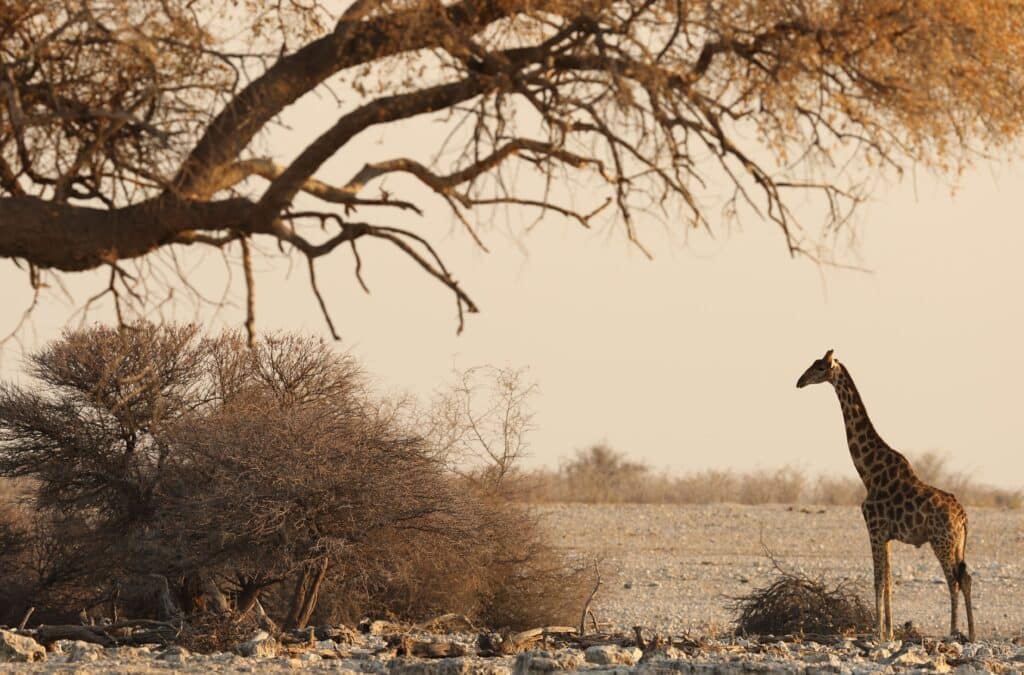June is a magical time at Kruger National Park. As the dry season begins to take hold, the landscape transforms, offering exceptional opportunities for wildlife viewing that even seasoned safari-goers cherish. Here’s what you can expect to see—and some expert insights that will help you make the most of the quieter months at the Kruger National Park with a June safari.
Why June is exceptional for Kruger National Park wildlife viewing
June marks the transition from the lush, rainy summer to the crisp, dry winter. Daytime temperatures are mild, with cool, comfortable mornings and evenings. Rain is rare, skies are clear, and the humidity drops. This combination means the bush thins out, visibility improves, and animals are drawn to the permanent water sources, making sightings more frequent and memorable.
The Big Five: Predictable and Present
Elephants are especially abundant in June. As water outside the park dries up, large herds make their way to rivers and dams, often gathering in impressive numbers. Expert guides note that late mornings and early afternoons are prime times to see these gentle giants at waterholes, sometimes in herds of over a hundred.
Lions become easier to spot as the grass recedes. Central Kruger, with its open grasslands, is home to large prides that are often seen lounging in the shade or stalking prey drawn to the remaining water sources. With prey animals more concentrated, lion activity is often heightened, and you June even witness a pride on the move during early morning or late afternoon drives.
Leopards are more visible in June, especially in the south and central regions. With less foliage, look for them draped over tree branches or lurking near riverbanks. Guides often find them feeding on stashed kills high in the trees—an expert tip is to scan the lower branches of large leadwoods and marulas for a tell-tale tail or dangling limb.
Buffalo herds are frequently encountered, sometimes numbering in the hundreds. These herds are often seen stirring up dust at riverbanks or grazing on the open plains, especially near permanent water.
Rhinos—particularly white rhinos—are most commonly found in southern Kruger. The sparse vegetation makes them easier to spot as they move between grazing areas and waterholes. Read our guide to spotting the Big 5 in the Kruger for more information!
Rare and remarkable Kruger wildlife sightings in June
June is a fantastic month for spotting elusive species. Wild dogs and cheetahs are more likely to be seen, especially in the southern and central regions. Packs of wild dogs often hunt during the cool mornings, and cheetahs, though rare, can be spotted scouting the open plains for prey.
Expert trackers recommend focusing on granite outcrops and open grasslands for these rare predators. Cheetah cubs, if present, are sometimes hidden in difficult-to-access areas, but patient observation and a bit of luck can reward you with a glimpse of these shy families.
Plains game and birdlife
The thinning bushveld is alive with zebra, giraffe, kudu, waterbuck, and wildebeest, many with young calves at this time of year. These herds attract predators and create dynamic scenes at waterholes and river crossings.
For birdwatchers, June is a treat. While migratory birds have departed, resident species thrive. You can expect to see raptors like the long-crested eagle, lizard buzzard, and African fish eagle, as well as colourful species like the white-fronted bee-eater and purple-crested lourie. Expert guides recommend focusing on river habitats and open plains for the best birding opportunities.
Expert insights: How to maximise your June safari
- Waterholes are wildlife magnets: With surface water becoming scarce, animals congregate at permanent water sources. Plan your drives around these spots, especially in the late morning and early afternoon when herds and predators are most active.
- Drive early and late drives to yield the best sightings: Cooler temperatures keep animals active longer. Dawn and dusk are prime times for predator activity, while midday is best for elephants and buffalo at waterholes.
- Book guided bush walks with SANParks: June’s mild weather is perfect for walking safaris. Expert guides can help you track fresh spoor, spot smaller creatures, and appreciate the bush’s subtle signs—experiences often missed from a vehicle.
- Fewer visitors, more Intimate encounters: June is less busy than peak winter months, offering a more peaceful experience and better photographic opportunities.
Conclusion
June in Kruger National Park is a time of abundance, clarity, and action. Whether you dream of seeing the Big Five, rare predators, or simply soaking in the tranquil beauty of the bush, this is a month that delivers. With expert guidance, patience, and a keen eye, your June safari will be filled with unforgettable sightings and moments that only Kruger can provide. Why not book a guided safari with the Kruger Gate Hotel and experience it for yourself?

